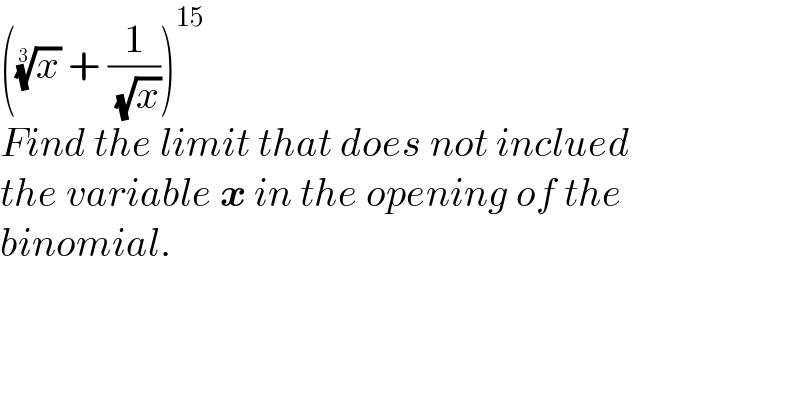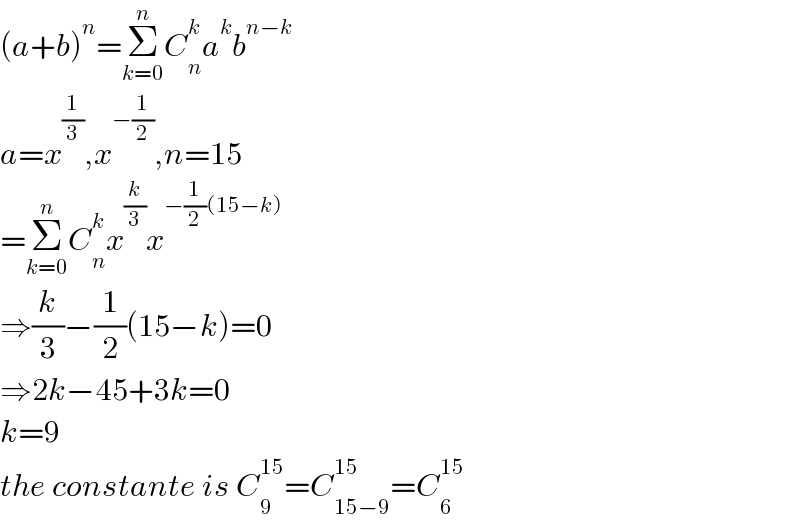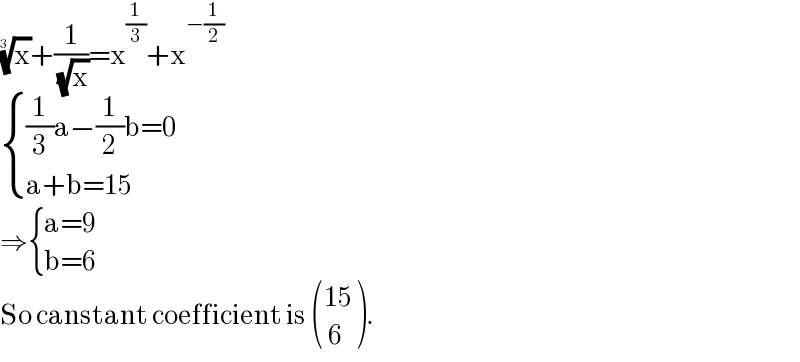
Question and Answers Forum
Question Number 148333 by mathdanisur last updated on 27/Jul/21

Answered by qaz last updated on 27/Jul/21

Commented by mathdanisur last updated on 27/Jul/21

Answered by mindispower last updated on 27/Jul/21

Commented by mathdanisur last updated on 27/Jul/21

Commented by qaz last updated on 27/Jul/21

Commented by mathdanisur last updated on 27/Jul/21

